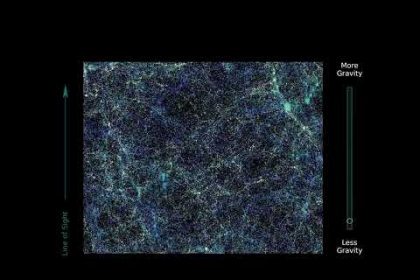James Webb has been able to discover traces of Karim in the early life of the universe. With this discovery, we can conclude that the formation of the first galaxies after the big bang was faster than our imaginations.
According to Tekna technology and technology news service, astronomers have found signs of carbon in ten different galaxies in the web submission data. The formation time of these galaxies belongs to one billion years after the big bang.
According to the recent discovery, the theory of chemical evolution of the world may lose its validity. Because probably the processes that create carbon or similar elements were created before the time of observing this telescope. Scientists used optical spectrum to identify carbon in these ten galaxies. Due to the fact that elements absorb or emit light in different wavelengths, it is possible to track them. Therefore, their traces will remain in sources such as galaxies and stars.
Current findings differ from the theory of Cambridge University researcher Boris Wittstock. Because according to conventional models, heavy elements like carbon are created in the frame of stars. When they run out of fuel, they explode as a result of nuclear fusion in supernovae and scatter their materials in the universe. Previously, scientists have estimated that the life of such stars is about ten million years. So there may be another way to disperse carbon in a shorter time. The current data obtained related to James Webb shows science that was not possible to access before.
RCO NEWS




![[keyword]](https://rco.news/wp-content/uploads/2023/07/James-Webb-succeeded-in-identifying-carbon-dust-at-the-beginning-860x291.jpg)












